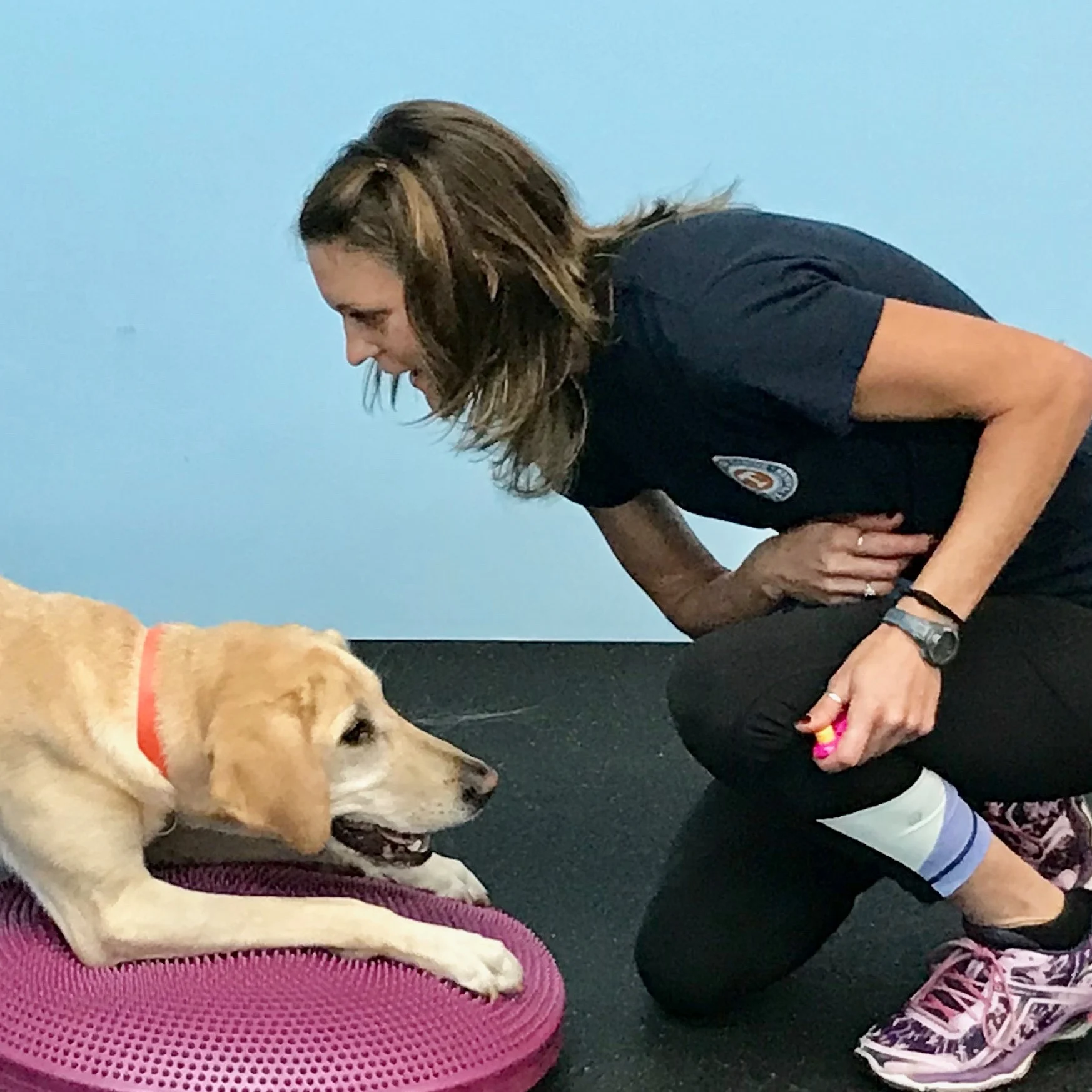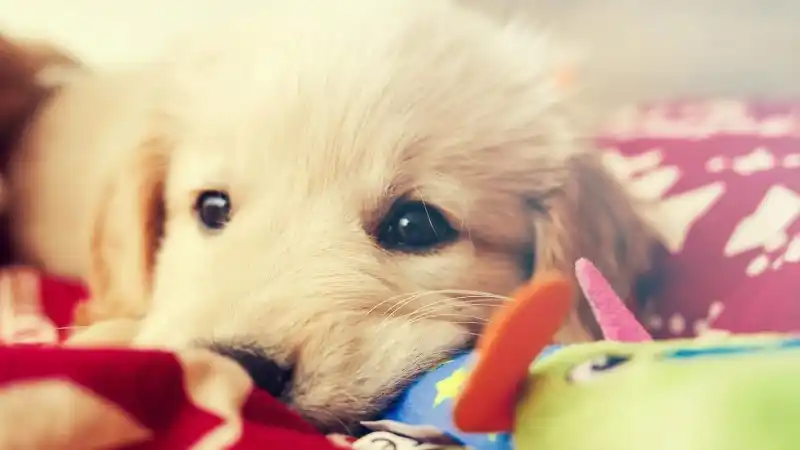How to Introduce Cats and Dogs
Your cat and dog can coexist! When introducing cats and dogs, it is important to follow these 6 steps to slowly desensitize them to one another.

In many instances, dogs and cats can learn to happily coexist and live together in harmony. You can successfully acclimate dogs and cats by using baby-steps to slowly desensitize the animals to each other. Introductions should be slow, safe, and encourage respectful interactions.
Avoid Unnecessary Stress and Injury
You should not let the felines and pooches “work it out” on their own. Why not? First, dogs and cats do not speak the same language. Second, size and speed differences between the species could lead to an injury if the interactions are not calm. Third, many dogs have a natural prey drive to chase anything small that’s moving; thus, we need to help train the dog that the cat is not something fun to chase.
Before Introductions
What should you do to prepare before starting the introductions? Be sure your dog has some basic obedience skills, such as “sit,” “stay” and “leave it.” Need extra help? Read this blog about finding a dog trainer.
For the cat, Adopt-A-Pet recommends having an isolation room that contains their litter box, food, water, and bed. You can spend time in the isolation room with the cat, but do not let the dog peek into that room just yet! This room is also the location where you keep the cat when you’re not home or sleeping.
You can also have a room or location for the dog; however, cats are easier to isolate because they use a litter box and normally require less physical exercise than dogs do.
Steps to Introduce Cats and Dogs
Last summer, my sister-in-law Sarah worked with a local dog trainer in Wisconsin and researched online to determine the best game plan for acclimating puppy Bishop and kitten Ripley. Sarah provided these steps for successfully introducing animals:
1. Scent Acclimation
Introduce each animal to the smells of the other animal by showing each pet toys and the bed of the other pet. For example, show the cat the dog’s bed and dog’s toys. Reward the cat with cat treats and verbal praise for smelling and being near the dog’s items. This will allow the cat to positively associate the dog’s smell with yummy treats. During this smell introduction, the dog is put away (e.g. crated) in another room. Do the same thing for the dog with the cat’s scent.
2. Closed-Door Introductions
Introduce the dog and cat through a closed, solid (not see-through) door. You’ll need a human on each side of the door to praise and give treats to the pet on their side of the door.
3. Crate Introductions
Have each pet in a crate (at least a few feet apart) and allow the pets to look each other. Praise and treat both pets.
4. Leashed Dog and Loose Cat Introductions
Have your dog on leash with a human at the other end and the cat free (no leash). Often, the cat is the smaller animal, so ensure that the cat has an escape route, such as leaving the room by running under a baby gate. The dog shouldn’t be able to follow the escape route. Praise and treat both pets for calm behaviors and for looking serenely at each other. If needed, use the “leave it” command with the dog.
5. Loose Pets with a Feline Escape Route
Start with two humans and have each human tranquilly holding one of the animals. Allow the pets to look at each other across the room. Then give the pets freedom (put them down on the floor) to move about the room. Again, the cat is able to exit without the dog following them.
6. Loose, Supervised Pets When Humans Are Home
This means the dog and cat may be home together when supervised in the same room, but when you leave, you must separate the pets so they cannot interact. For example, put your cat back in the cat room and the dog in a dog room. When the dog and are together, continue to praise and give treats for good behaviors. Behaviors that are rewarded are repeated and then become the default – the new normal behavior.
Helpful Games to Get Dogs Used to Cats
While you are on steps 3-6 above, you may also want to play the “look at that” (LAT) game by Leslie McDevitt. This game will teach your dog to stay relaxed when they see the cat. McDevitt describes this exercise in her book “Control Unleashed.” Instead of asking your dog to look away from something stimulating – the cat - you reward your dog for peacefully looking at the interesting item.
When your dog is serenely looking at the cat, say “yes.” Your dog reorients to you (looks in your direction) to get their treat! Treat your dog. Your dog learns that they are allowed to look at the kitty, associates looking peacefully at the cat as something positive to do, and builds up stamina to look at the cat for longer periods of time.
How Long Does It Take to Introduce a Cat and Dog?
How long will it take? It could take a week or several months. Sarah spent 3 days each on steps 1-3 above and then spent even more time on steps 4-6.
Things to Remember
Cats and dogs can learn to be good friends, but introductions are key to forming a loving relationship. Remember to be patient and give both of your pets lots of love! Consider enrolling in pet insurance to ensure both pets can receive the best veterinary care without you worrying over the cost of keeping them healthy!

Jasey Day holds the Certified Canine Fitness Trainer (CCFT) credential through the University of Tennessee. She is a member of the Bobbie Lyons K9FITteam - a team of compassionate canine fitness instructors who actively teach others and continually expand their own knowledge. Since 2004, Jasey has taught a variety of workshops and classes on the following: Puppy, Canine Good Citizen/Family Pet, Advanced Family Pet, Canine Fitness, Canine Swimming, Rally, and Agility. In addition, Jasey has earned over 60 titles in Dock Diving, Agility, Rally, CGC and Trick Dog. Jasey has worked full time for the American Kennel Club since 2007 and teaches at Care First Animal Hospital in Raleigh, NC. Jasey’s Labrador Retrievers spend their free time hiking, training, and snuggling with Jasey.
READ MORE ARTICLES

